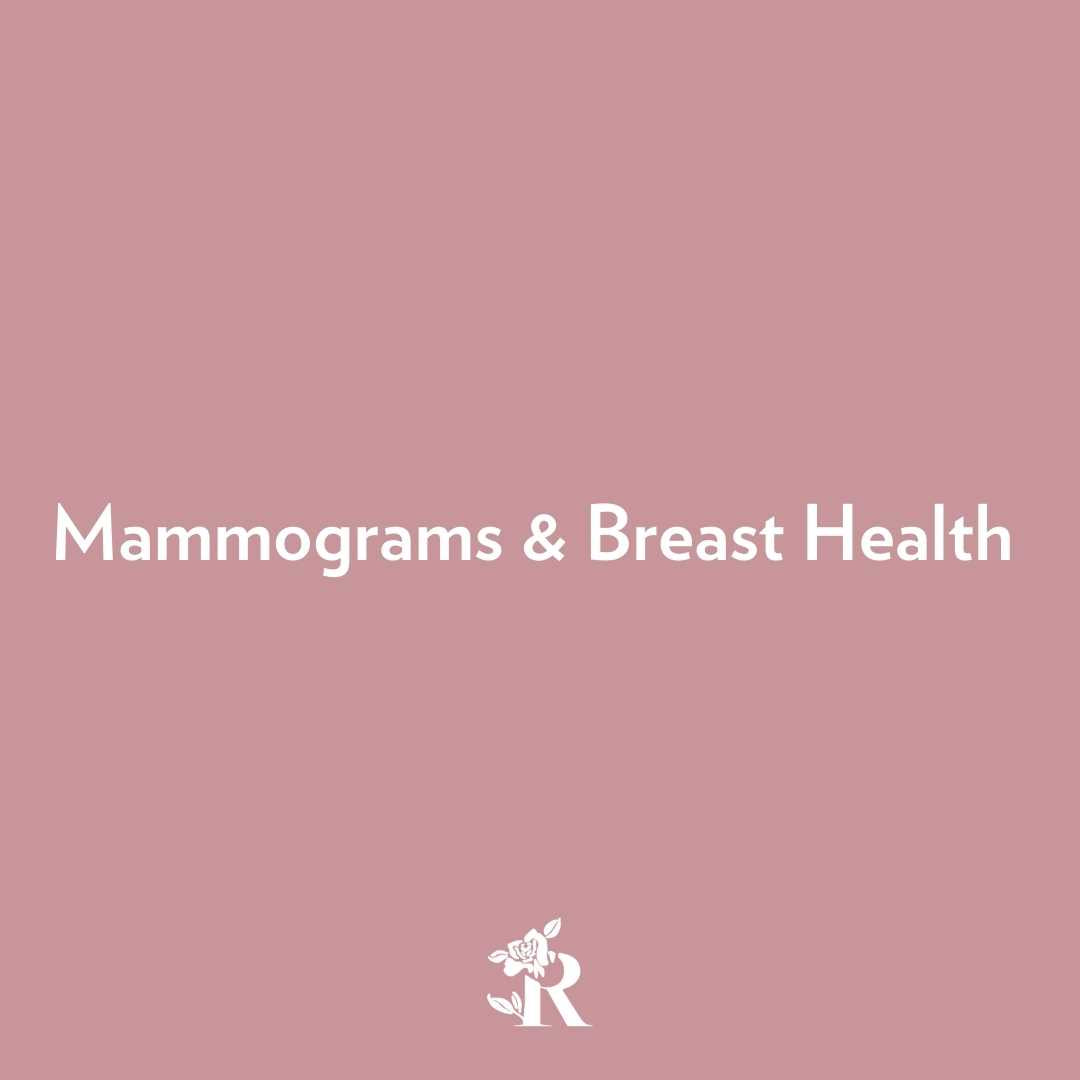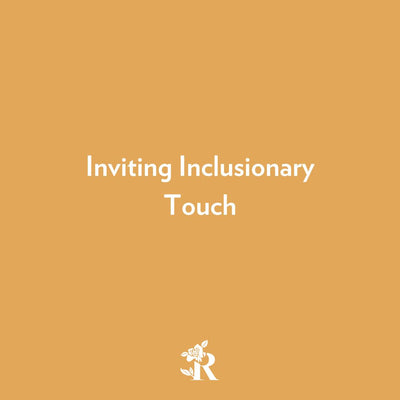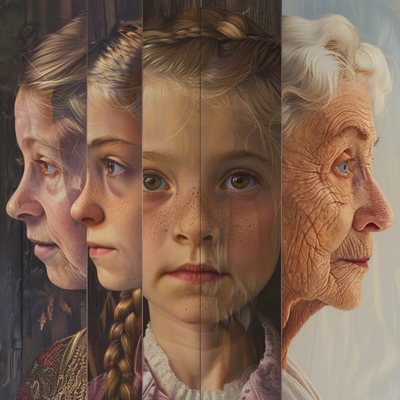Breast Cancer Awareness Month: Mammograms & Breast Health
At some point in their lives, 12.9% of women in the United States will develop breast cancer - 1 in every 8 women. Be aware of your body and any changes, and connect with your healthcare practitioner if you feel something unusual.
What is a Mammogram?
A mammogram is an annual procedure in which an x-ray of the breast is taken. Mammograms are performed in order to discover early signs of breast cancer — up to 3 years before a lump can be felt.
Mammograms are essential even if you’re not at immediate risk for breast cancer (genetics/history of breast cancer). Your family history and personal medical history will inform how often your doctor recommends that you get tested. Women over the age of 50 with an average risk for breast cancer typically are tested every two years.
How is a Mammogram Performed?
When you receive a mammogram, you are given a gown to put on and taken into an x-ray room. A technician will then place one of your breasts onto a plastic plate and adjust the height to your comfort. Pressure is then applied as the x-ray is being taken in order to spread the breast tissue evenly to get an accurate and clear picture. Some may experience discomfort from this pressure, especially those with more sensitive breasts. This is then done again to perform a side view. The same procedure is repeated for the other breast. While mammograms may cause discomfort, it is a quick process and provides the benefit of detecting cancer in its early stages.
Types of Mammograms
Screening mammograms: A screening mammogram is performed on women who are not experiencing any signs or symptoms of breast cancer. This type of mammogram typically consists of 2 images and is used to detect potential tumors or signs of breast cancer that cannot be felt.
Diagnostic mammograms: This exam is performed after a lump or symptom is found on the body. Changes can include:
- A lump
- Nipple discharge
- Breast pain
- Thickening of skin tissue on the breast
- A change in the shape or size of the breast
If any of these changes occur, you may receive a diagnostic mammogram. Diagnostic mammograms are also sometimes performed after something is detected from a screening mammogram.
You will also receive a diagnostic exam over a screening if you have breast implants, as it’s easier to get a good picture through a diagnostic exam.
Both exams are performed the same way, however, a diagnostic exam includes more images and a slightly increased exposure to radiation.
Receiving a mammogram can help detect breast cancer in early stages. This allows you and your healthcare practitioners to start treatment as soon as possible; taking these steps has the potential to save your life.
Potential Risks
Of course, no medical procedure is without risks, and it is important to be aware of the possibilities.
False positives can cause stress and anxiety. False positive tests are most common in women with a family history of breast cancer, women with dense breasts, and women who have had previous biopsies.
The chance of false positive results increases over time as you receive more mammograms. It is always important to seek follow up tests when you receive a positive mammogram result, just to be sure whatever was found is not harmful.
False negative results are also possible during a mammogram. The potential of a false negative is higher when receiving a screening mammogram. When a false negative result is received, it can cause delays in treatment as well as give you a false sense of security. False negatives are likelier in women with high density breasts.
Radiation exposure is a risk when you receive a mammogram as well. While the radiation exposure is very low and the risks of it causing cancer are equally as low, there is a small chance that repeated x-ray radiation could cause cancer.
Breast Health in Everyday Life
The first and most important way to maintain breast health is to know your body. Performing at home exams/knowing what is normal and what isn’t when it comes to your breasts will greatly help you know when you may need an exam. Things that a doctor might not know include:
- If one breast is bigger than the other
- If you have moles or freckles
- If one breast is slightly less perky than the other
- If you have hair around your nipples
These are things you can keep an eye out for, as well as pay attention to if they change at all.
In addition to performing at home exams, forming these habits will help you reduce the risk of breast cancer and maintain breast health.
- Maintain a healthy diet
Fruits, veggies, and whole grains have been proven to be cancer fighting foods. Balance proteins and caloric intake to maintain a balanced diet and keep your body fed with food that promotes health.
- Exercise!
Exercising has been proven to reduce the risk of breast cancer between 10 and 20%! Keeping your body active an average of 2.5 hours a week can help prevent breast cancer. Exercising also can improve bone density which is crucial for breast cancer survivors.
- Maintain a healthy weight
The relationship between weight and breast cancer isn’t understood at this time, but keeping a healthy weight has been proven to reduce the risk of breast cancer. Women who are obese tend to experience a more advanced disease when it’s diagnosed. They are also at a higher risk of the cancer spreading throughout the body.
- Limit alcohol consumption
Researchers have found that for each additional drink consumed per day, the risk of breast cancer increases up to 7%. It is important to drink in moderation; try to limit your alcohol consumption to 1 drink a day.
- Limit your use of menopausal hormone therapy
Menopausal symptoms can be really challenging for some women, and many turn to MHT to help relieve those symptoms. While it may help your menopausal symptoms, it’s also been proven to increase the risks of breast cancer. If you want to use MHT, it is recommended to do so in small doses for a short period of time. Along with this, make sure you are continuing to be monitored by your doctor for any changes.
- Breastfeed
If you are a new mother, breastfeeding can help reduce the risks of breast cancer later in life.
Stay in the Loop
Maintaining breast health both at home and with your doctor will reduce the risks of having to battle breast cancer. Stay healthy and educated.
*This post does not provide medical advice. It is intended for informational purposes only. It is not a substitute for professional medical advice, diagnosis or treatment.*











